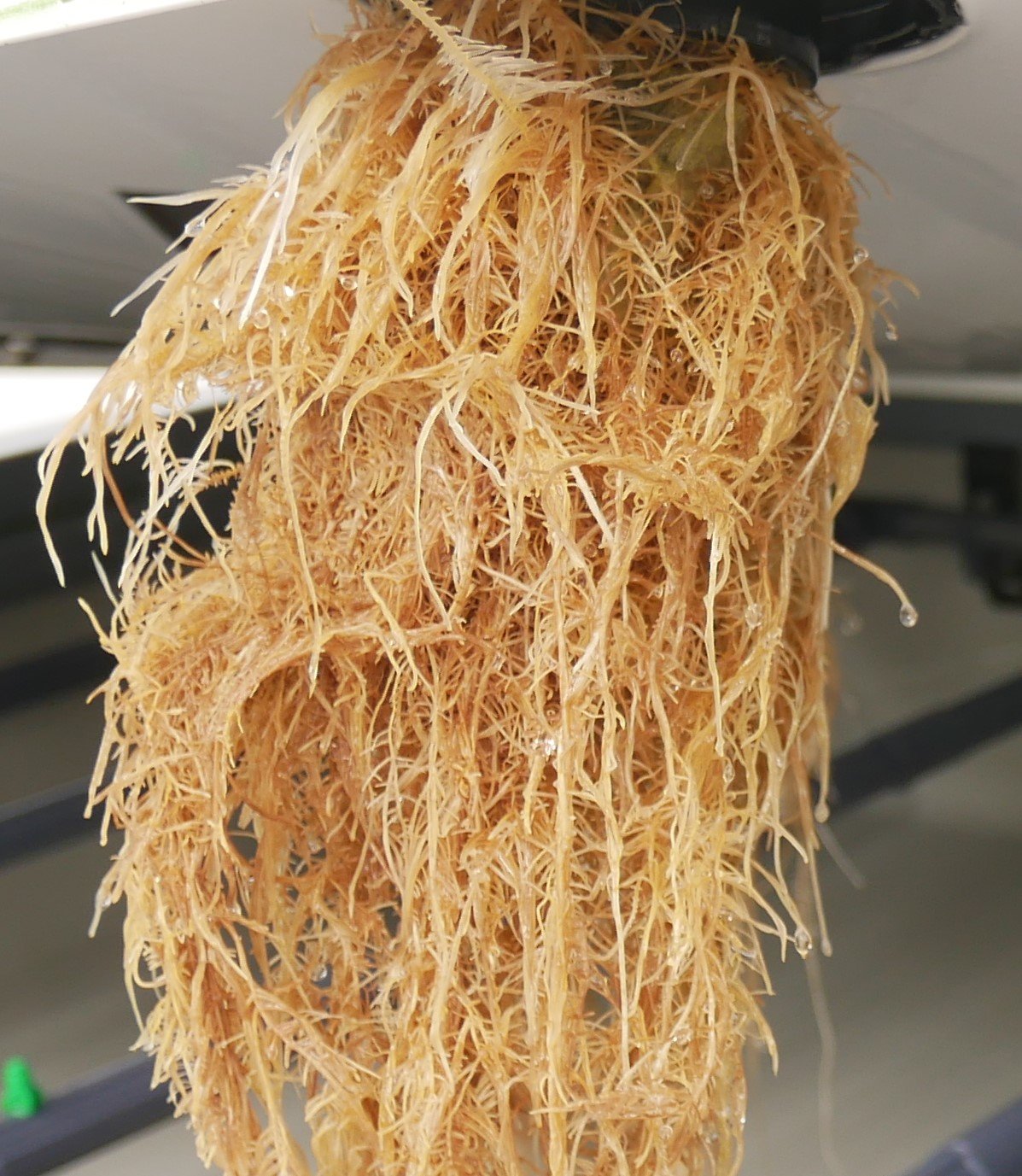
Topic: HOCl (Hypochlorous Acid) Explained: Storage & DosingHypochlorous Acid Decomposition in StorageAll free chlorine species, including hypochlorous acid, are unstable and will decompose overtime. Purchased Hypochlorous acid solutions typically have a 90-day shelf life after opening, whereas hypochlorous acid generated on site can decompose within 24-48 hours. Dosing Hypochlorous AcidAt low concentrations in solution (.3-.8 PPM), hypochlorous acid works effectively as a mineral descaler and irrigation line cleaner. At higher concentrations in solution (.8-2.5 PPM), hypochlorous acid can also work as an effective oxidative cleaning agent with minimal risk of phytotoxicity. Unlike other hydroponic chemical oxidizers, the recommended hypochlorous acid application rates provided by manufacturers will not often be sufficient for the treatment or prevention of pathogens, as the recommendations typically reflect the products application as a descaling product, rather than an oxidizer cleaning agent. Because hypochlorous acid reacts rapidly with organic matter and ammonium containing fertilizers, dosing hypochlorous acid for disinfection purposes can be tricky. In practice, dosing hypochlorous acid incorrectly, even at high concentrations, can result in rapid decomposition of the free chlorine, resulting in little or no change in pathogen presence. The rate of applied hypochlorous acid decomposition in hydroponic systems depends on the concentration of exposed organic matter, the presence of ammonium containing fertilizers, and the applied concentration of hypochlorous acid. In our testing, the most effective way to utilize hypochlorous acid as an oxidative preventative cleaning agent is to apply the hypochlorous acid immediately following a flush at a high concentration (.8-2.5 PPM) to a small volume of pH corrected reservoir water that is circulated throughout the system for at least one hour before adding additional water and nutrients. By doing so, the free hypochlorous acid in solution is effectively “spent” sanitizing any latent pathogens in the root zone and piping systems, not the ammonium containing elements in the fertilizer or the organic matter in the nutrient solution pre-flush. Ideally, the reservoir and root zone area are also hand cleaned before the hypochlorous application to further reduce the organic matter the hypochlorous acid will meet, allowing more effective and thorough disinfection. A more aggressive range of 2.5 – 5 PPM free hypochlorous acid can be used to help control established pathogens, however it should be noted that sustained hypochlorous acid concentrations above 2.5 PPM can cause phytotoxicity. Hypochlorous Acid and ORPA measurable change in ORP following an application of hypochlorous acid is typically observed; however, in our testing, the relationship between the applied concentration of hypochlorous acid and the change in ORP did not correlate well at levels below 15 PPM. Therefore, the disinfection potential of water treated with hypochlorous acid should not be extrapolated by monitoring the ORP. Instead, the disinfection potential of the water should be extrapolated by monitoring the active concentration of free chlorine in solution by using free chlorine test strips or other colorimetric methods. Despite ORP not being a practical method for informing dosing decisions at the typically applied concentrations used for disinfecting water in hydroponic systems, it can still be utilized as a secondary reference point when developing dosing regimens using hypochlorous acid products over long periods of time.
#HOCl #Hypochlorous-Acid Free-Chlorine #Hypochlorite #ORP #Oxidative-Reduction-Potential #PPM #Parts-per-Million
In our next letter we will take a deeper look at water treatment. Previous letter: H2O2 Introduced Next letter: Dosing Explained - %, PPM, Dilution Ratios New |